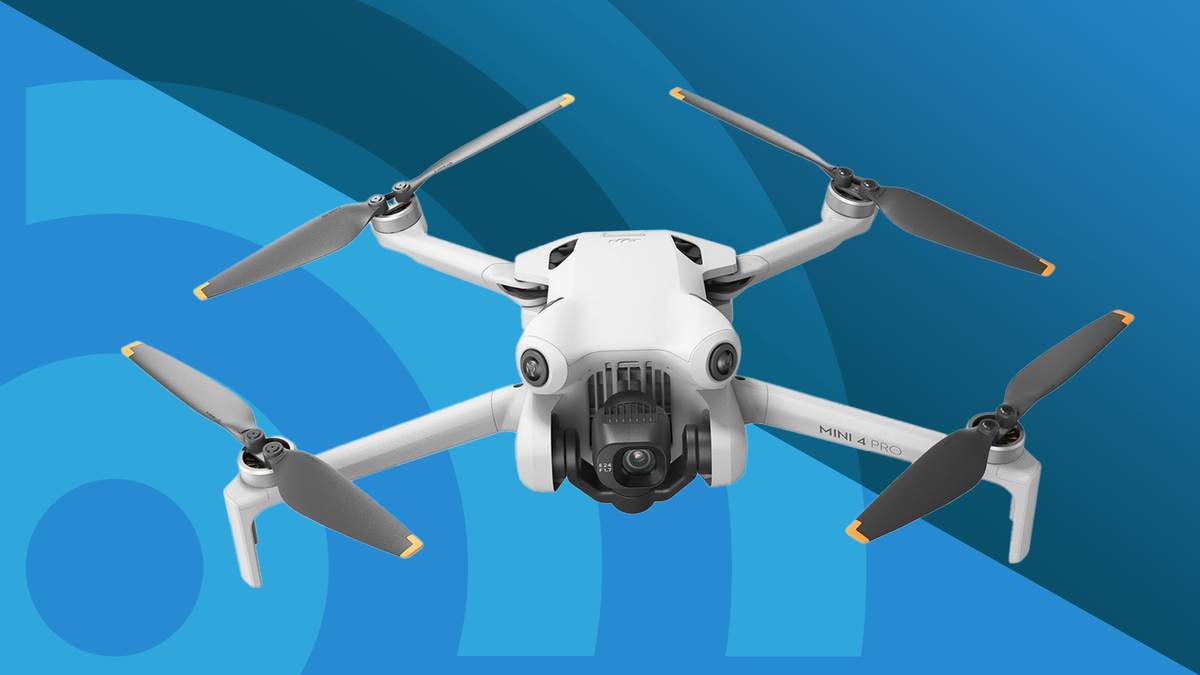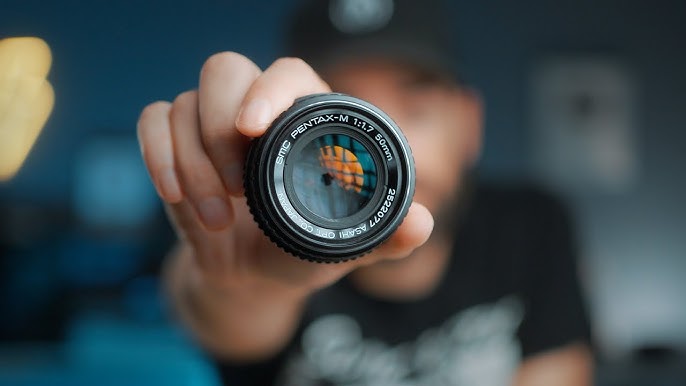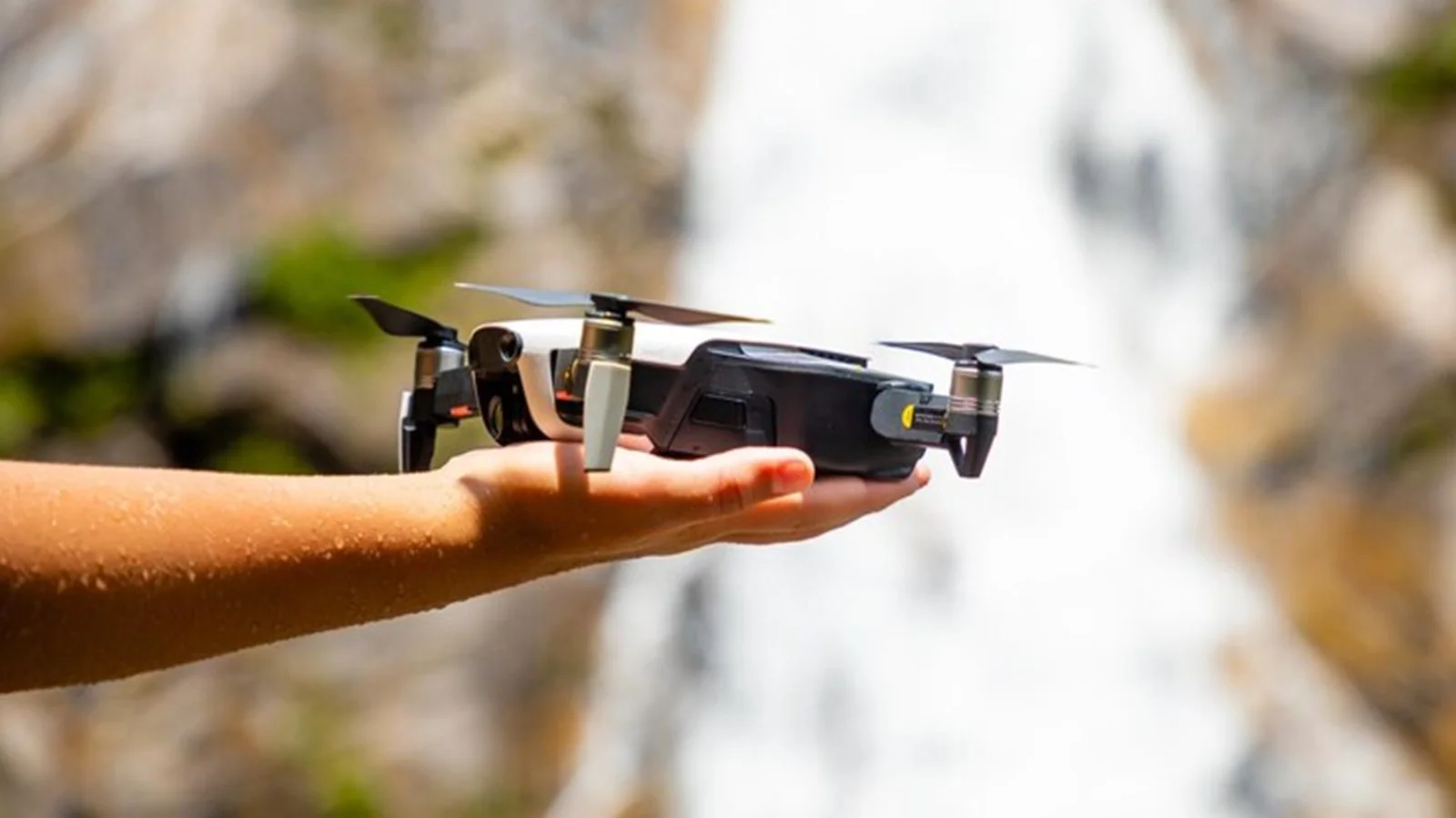The world of drones has evolved significantly, expanding their applications from recreational use to professional endeavors in fields like photography, surveying, agriculture, and more.
One critical factor that significantly influences the performance of a drone is the sensor size.
In this comprehensive guide, we will delve into the considerations and factors to help you choose the right drone sensor size for your specific needs.
Understanding Sensor Size
Sensor size refers to the physical dimensions of the image sensor within the drone’s camera.
It plays a pivotal role in determining how much light the sensor can capture, which, in turn, affects various aspects of photography, including image quality, low-light performance, and depth of field.
Factors to Consider When Choosing a Drone Sensor Size
- Application and Use Case: The primary consideration should be the intended application of your drone. Different applications have varying requirements for sensor size. Here are a few examples:
- Aerial Photography: If you plan to capture stunning aerial photographs for recreational or professional purposes, a larger sensor size can provide better image quality and enhanced low-light performance.
- Agriculture: Precision agriculture requires multispectral cameras with specific sensor sizes for monitoring crop health and soil conditions.
- Mapping and Surveying: Larger sensor sizes are often preferred for creating detailed topographical maps and surveying large areas.
- Image Quality: For applications where image quality is crucial, such as professional photography or cinematography, consider drones with larger sensors. Full-frame or APS-C sensors are ideal choices for high-quality imagery.
- Portability: Smaller sensor sizes are found in compact and lightweight drones, which are easy to carry and maneuver. If portability is essential, you may need to sacrifice some image quality.
- Budget: Sensor size often correlates with the price of the drone. Larger sensors are generally found in higher-end models, while smaller sensors are more budget-friendly.
- Low-Light Performance: If you plan to capture images in low-light conditions or at night, a drone with a larger sensor will perform better due to its ability to gather more light.
Types of Drone Sensor Sizes
- 1/2.3-inch Sensors: Common in consumer-grade drones, these sensors offer a balance between affordability and image quality, suitable for recreational use and basic photography.
- 1-inch Sensors: Found in prosumer drones, 1-inch sensors provide enhanced image quality, improved low-light performance, and more professional-grade capabilities.
- APS-C Sensors: Often featured in higher-end drones, APS-C sensors deliver superior image quality and are ideal for professional photography and cinematography.
- Full-Frame Sensors: Reserved for top-tier professional drones, full-frame sensors offer the highest image quality, dynamic range, and low-light performance. They are favored by photographers and filmmakers for their versatility.
Conclusion
Choosing the right drone sensor size is a critical decision that depends on your specific needs, budget, and intended use.
Understanding the trade-offs between sensor sizes and their impact on image quality, low-light performance, and portability is essential for making an informed choice.
Whether you’re a recreational drone enthusiast or a professional in search of top-notch aerial imaging, selecting the perfect sensor size will ultimately determine the success of your drone endeavors.









Leave a Reply